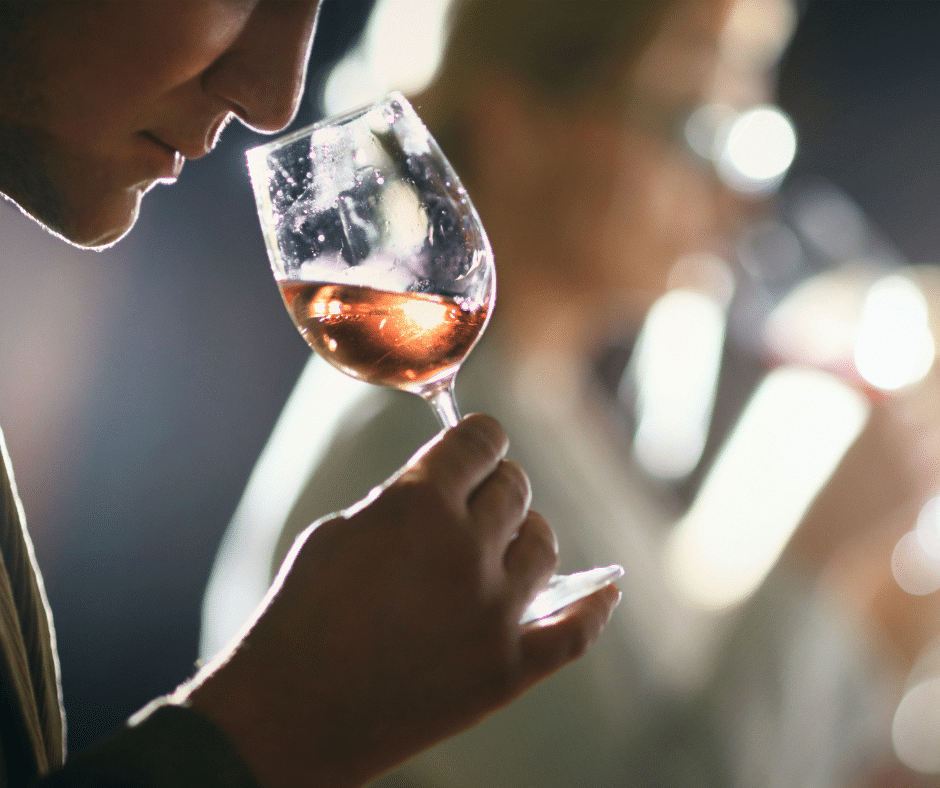Beginner’s Guide to Wine Tasting: An Unforgettable Journey into the World of Wines
Are you new to the fascinating world of wine tasting? Fear not! Wine tasting is an experience that brings together the senses, and it doesn’t have to be intimidating. This beginner’s guide to wine tasting will help you understand and appreciate the multifaceted character of wines. So, let’s embark on a journey through the vineyards!
Understanding Wine Basics
First, it’s essential to understand some basics about wine. Wine is a product of fermented grape juice, which can be categorically divided into four major types: red, white, rosé, and sparkling1. They each come from different grape varieties, regions, and are made through distinct processes.
- Red Wine: Made from black grapes, red wine gets its color from the skins, which are included in the fermentation process.
- White Wine: Typically made from green or yellow grapes, the juice is separated from the skin and seeds before fermentation.
- Rosé Wine: Rosé wine is often made from black grapes, but the skins are only left in contact with the juice for a short time to achieve a pink color.
- Sparkling Wine: This type of wine undergoes two fermentation processes, the second of which happens in the bottle and creates bubbles.
The Five S’s of Wine Tasting
Let’s get acquainted with the five S’s of wine tasting: See, Swirl, Sniff, Sip, and Savor2.
- See: Take a moment to look at the wine. Observe its color, clarity, and consistency. This can give you clues about the wine’s age and composition.
- Swirl: Gently swirl your glass. This releases the wine’s aromas and allows oxygen to interact with it, often enhancing its flavors.
- Sniff: Take a deep inhale of the wine. Try to identify different smells. Common descriptors include fruity, floral, earthy, or spicy.
- Sip: Now, take a small sip. Let the wine roll over your tongue, reaching all taste buds.
- Savor: Consider the wine’s body, acidity, tannins, sweetness, and alcohol. Is the wine balanced, or is one component overpowering? What about the finish?
Remember, wine tasting isn’t about right or wrong answers. It’s about developing your palate and understanding what you enjoy!
Pairing Wine with Food
A successful wine pairing can enhance the dining experience. Here are some general rules:
- White wines usually pair well with lighter foods like fish and chicken.
- Red wines are traditionally paired with heavier or red-meat dishes.
- Rosé wines are incredibly versatile, pairing well with a variety of dishes, including grilled foods, salads, and spicy cuisines.
- Sparkling wines are perfect with salty, fried foods, and they also make great aperitifs3.
Wine Etiquette
Proper wine etiquette is not about snobbism; it’s about maximizing your enjoyment of the wine. Here are some basic rules:
- Hold your wine glass by the stem to avoid warming the wine.
- Don’t fill your glass to the brim, it needs space to breathe.
- Take your time with each sip to appreciate the wine’s complexity.
Conclusion
Wine tasting is about exploration, so remember to have fun with it! Keep an open mind and palate, and don’t hesitate to venture into the unknown. Each wine has a unique story to tell, and as you grow your wine-tasting skills, you’ll become more adept at understanding these stories.
Remember, “Wine is bottled poetry” as said by Robert Louis Stevenson, and this beginner’s guide to wine tasting is your first step into a world filled with flavor, sophistication, and delight!
Click here to learn more about our tasting room at Vasanti Estate Winery!
Footnotes
- Robinson, J., & Harding, J. (2015). The Oxford Companion to Wine. Oxford University Press.
- Puckette, M., & Hammack, J. (2018). Wine Folly: The Master Guide. Avery.
- Oldman, M. D. (2009). Oldman’s Brave New World of Wine: Pleasure, Value, and Adventure Beyond Wine’s Usual Suspects. W.W. Norton & Company.


